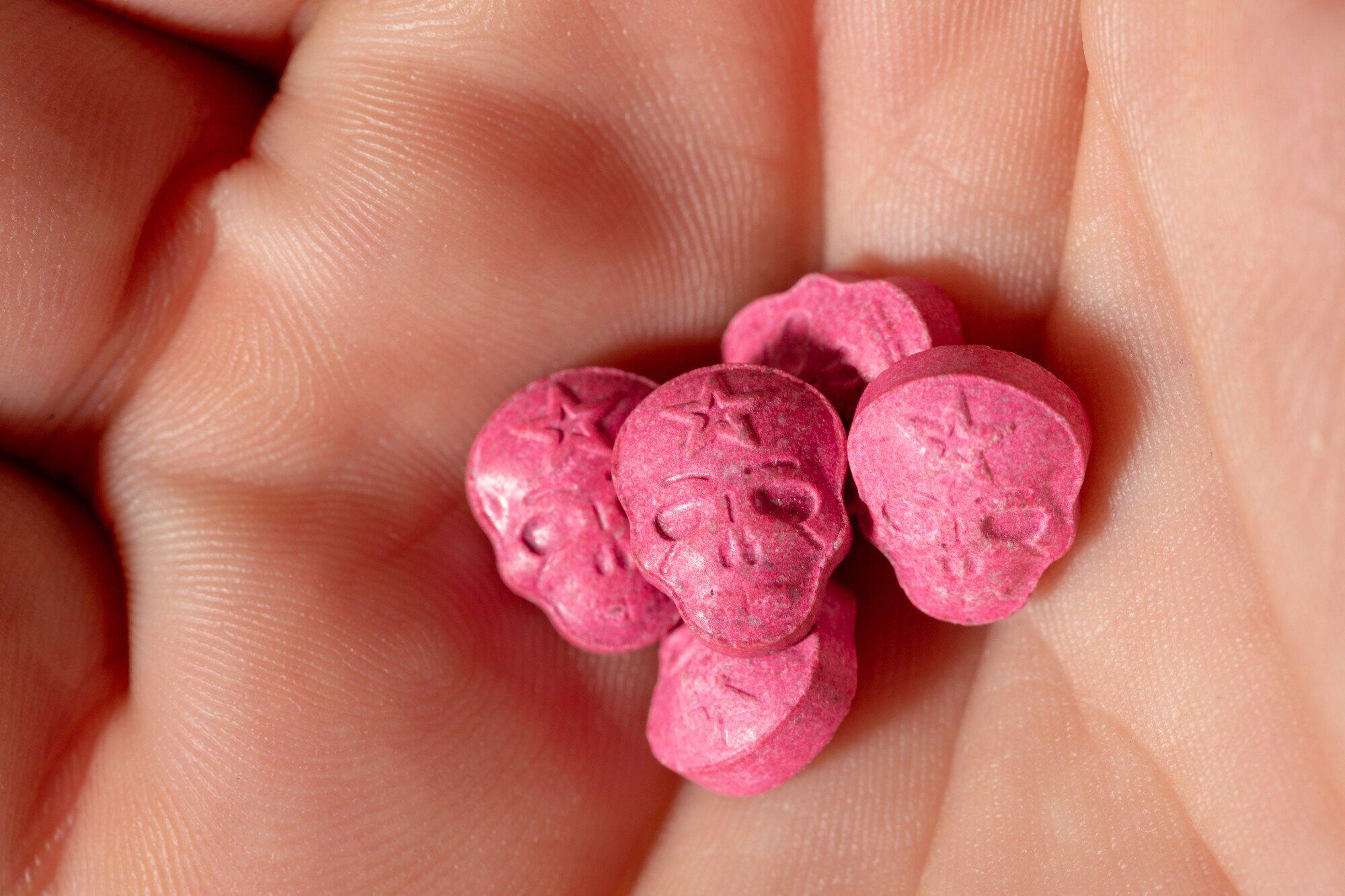Have you ever thought of stepping into a tub of icy water post-workout? It sounds chilling, but this cold dip might be the magic touch your muscles crave. Athletes and fitness buffs are raving about it. Why? Ice bath therapy promises muscle rejuvenation, mood boosts, and enhanced athletic performance. Curious? Let’s unpack the benefits of this cold plunge and see if it’s the refreshing twist your recovery routine needs.
What Is Ice Bath Therapy?
Ice bath therapy entails submerging your body in cold water, generally up to your chest, for a specific period, usually ranging from a few minutes to 15 minutes or more. The temperature and duration can vary based on individual preferences and the particular goals of the therapy. If you’re interested in trying this cold plunge therapy, you can find options for ice bath Houston TX sessions to experience its benefits firsthand.
How Does Ice Bath Therapy Work?
Ice bath therapy, also called cold water immersion, cold plunge therapy, or cryotherapy, is where individuals submerge themselves in cold water, usually between 50 to 59°F (10 to 15°C). Exposure to cold initiates a series of physiological processes in the body. Here’s how the process unfolds:
Immediate Reaction
The first thing most people notice when they enter an ice bath is the intense cold shock. The body’s initial response is a gasping reflex, increased heart rate, and adrenaline rush.
Vasoconstriction
As the body registers the cold exposure, the blood vessels, especially those close to the skin and in the extremities, begin to narrow. This process is known as vasoconstriction. The body aims to reduce heat loss and protect its core temperature by doing so.
Reduced Inflammation
Because of the decreased blood supply to the extremities, the circulation of inflammatory chemicals in these locations is also reduced. This can play a role in muscle recovery, with the specific benefits to be discussed later.
Shunting of Blood
As peripheral vessels constrict, they shunt blood toward the core. This protective mechanism maintains vital organ function and core body temperature. Over time, as the core begins to cool, the blood is redirected back to the extremities, bringing oxygen and nutrients.
Metabolic Changes
Cold exposure can temporarily slow down metabolic processes as the body strives to maintain its internal temperature. The metabolic rate increases, resulting in calorie burning.
Benefits of Ice Bath Therapy
Ice bath therapy offers several potential benefits for physical and mental well-being. While individual experiences may vary, here are some of the key benefits associated with ice bath therapy:
Muscle Recovery
Ice baths are popular with athletes and fitness enthusiasts for muscle recovery. After strenuous exercise, muscles can experience microtrauma and inflammation. Cold water immersion helps reduce this inflammation, alleviate muscle soreness, and promote faster healing.
Pain Management
Ice baths are effective for managing various types of pain, including muscle and joint pain, arthritis, and chronic pain conditions. The cold temperature can numb pain receptors, providing relief and reducing the need for pain medications.
Improved Athletic Performance
Regular use of ice baths may enhance athletic performance. By reducing fatigue, promoting muscle recovery, and improving overall well-being, athletes can train harder and more frequently, leading to potential performance gains.
Mental Well-being
Cold water immersion triggers the release of endorphins, natural mood enhancers, and pain relievers. Many individuals report feeling a sense of euphoria and improved mood after an ice bath, which can reduce stress and anxiety.
Reduced Inflammation
In addition to helping with muscle recovery, ice baths can benefit people dealing with chronic inflammatory conditions, such as rheumatoid arthritis or inflammatory skin conditions. Cold exposure can reduce systemic inflammation.
Enhanced Immune Function
Some research suggests regular cold exposure may stimulate the immune system, making the body more resilient to infections. Immune-boosting white blood cells may rise with cold therapy.
Nervous System Regulation
Cold water boosts the heart rate and respiration-controlling autonomic nerve system. This can improve heart rate variability, a measure of overall health and stress resilience.
Safety Considerations
While potentially beneficial, individuals should approach ice bath therapy cautiously to ensure safety and minimize potential risks. Here are some important safety considerations to keep in mind when engaging in ice bath therapy:
Consult a Healthcare Professional
Before starting ice bath therapy, consult a healthcare professional or sports therapist, especially if you have any underlying medical conditions. They can guide whether cold water immersion is safe and appropriate for your situation.
Gradual Progression
If you’re new to ice bath therapy, start with milder temperatures and shorter durations and gradually increase the intensity over time. This allows your body to adapt to the cold and reduces the risk of shock or discomfort.
Temperature Control
Make sure you have a technique to monitor the water temperature correctly. An ice bath is usually 50°F to 59°F (10°C to 15°C). Hypothermia can result from cold water.
Duration
The duration of an ice bath session can vary, but it’s generally recommended to limit sessions to 10-15 minutes or less. Prolonged immersion in cold water can raise the risk of hypothermia and other negative consequences.
Supervision
Have someone with you during your ice bath sessions, especially if you’re new to the practice. This person can assist you if you experience discomfort, dizziness, or other unexpected reactions.
Listen to Your Body
Pay close attention to how your body responds during the ice bath. If you experience severe discomfort, shivering that becomes uncontrollable, confusion, or any other adverse reactions, exit the tub immediately and warm up. Do not push yourself to endure more cold than your body can handle.
Wrap Up
Ice bath therapy is a fascinating technique that offers potential benefits for muscle recovery, pain management, and overall well-being. However, it’s essential to approach it cautiously, especially if you’re new to cold water immersion.
Consulting with a healthcare professional and practicing gradual progression can help you safely incorporate ice baths into your wellness routine. Whether you’re an athlete looking to improve performance or seeking relief from muscle soreness, ice bath therapy may be a valuable addition to your recovery tools.







